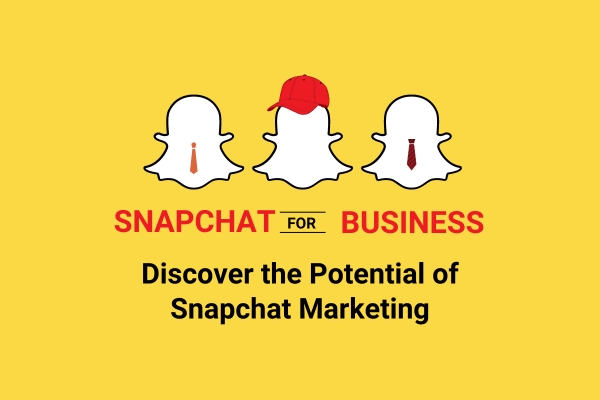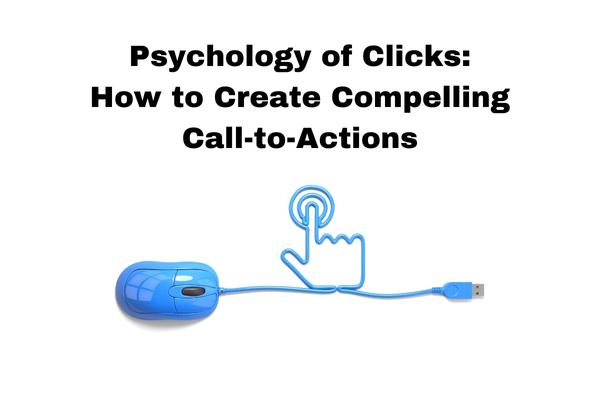
The content marketing and storytelling industries are constantly evolving. With the rapid pace of technological advancement and the changing behaviors of consumers, it’s essential for brands to stay ahead of the curve. In this blog post, we’ll take a look at the latest trends and predictions for the future of content marketing and storytelling in 2023.
- Increased Focus on Authenticity and Emotional Connection
Consumers are becoming more discerning, and they’re looking for brands that align with their values and beliefs. In response, brands are shifting their focus to authenticity and emotional connection. The goal is to create a genuine and emotional bond with consumers through the content they produce. This can be achieved through storytelling that highlights the brand’s values and mission, or by highlighting real-life experiences that resonate with the target audience.
- Greater Emphasis on User-Generated Content (UGC)
User-generated content (UGC) is becoming increasingly important as consumers are more likely to trust recommendations from other consumers. Brands are taking advantage of this by creating campaigns that encourage users to share their own stories and experiences with the brand. UGC can also be leveraged for social proof, demonstrating that others have used the brand and been satisfied with the experience.
- Integration of Artificial Intelligence and Machine Learning
Artificial intelligence (AI) and machine learning (ML) are revolutionizing the way brands approach content marketing and storytelling. AI can be used to analyze consumer behavior and preferences, allowing brands to tailor their content to specific audiences. ML can also be used to automate certain aspects of the content creation process, freeing up time and resources for other tasks.
- Increased Use of Virtual and Augmented Reality
Virtual and augmented reality (VR/AR) are becoming increasingly popular as consumers look for new and immersive experiences. Brands are taking advantage of this by incorporating VR/AR into their marketing campaigns. For example, a brand might create a virtual reality tour of a new product, allowing consumers to explore and experience it in a realistic and engaging way.
- Expansion of Influencer Marketing
Influencer marketing has been growing in popularity over the past few years, and this trend is set to continue in 2023. Brands are turning to influencers to reach new audiences and build brand awareness. However, as the influencer marketing space becomes more crowded, brands will need to be more strategic in their approach to ensure that their campaigns are effective and deliver a return on investment.
- Greater Focus on Video Content
Video content continues to be a major driver of engagement and conversion. Brands are investing more in video production and marketing, and are using platforms like YouTube and Instagram to reach their target audiences. As the use of video continues to grow, brands will need to stay ahead of the curve by creating high-quality, visually stunning content that resonates with their target audiences.
- Emergence of Micro-Moments
Micro-moments are brief, but crucial moments when consumers turn to their devices to make a decision or take action. Brands are using these moments to engage with consumers and influence their purchasing decisions. For example, a brand might use a micro-moment to promote a new product or offer a special discount to entice consumers to make a purchase.
In conclusion, the future of content marketing and




